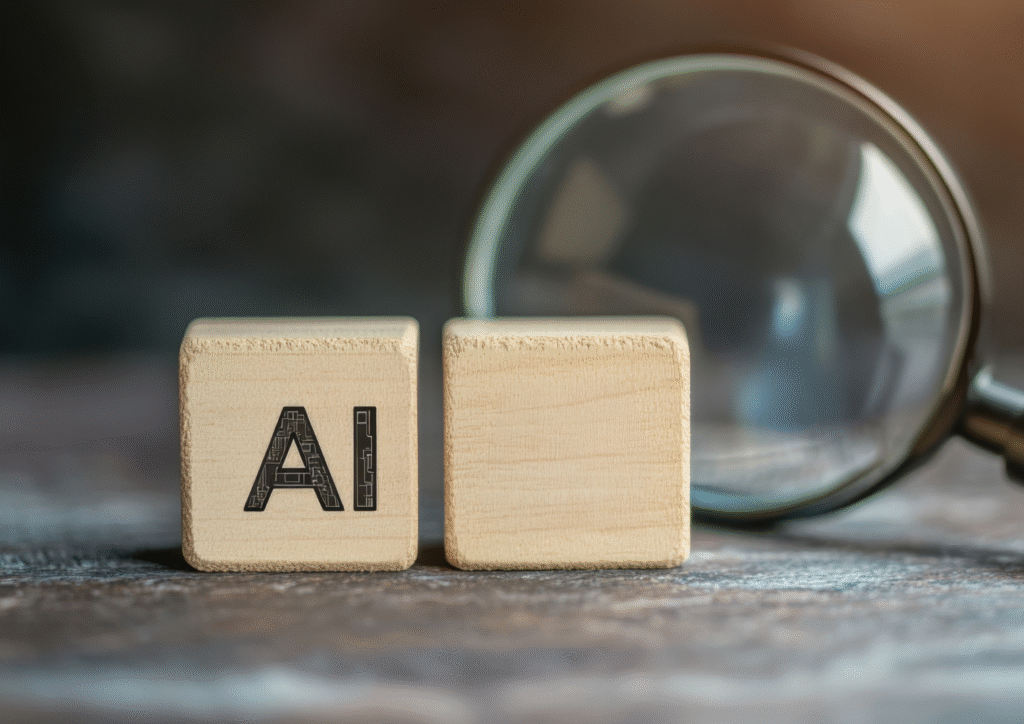
Introduction
This article explores the ethical considerations when implementing AI in business decision making—and how you can use AI responsibly while still gaining its benefits.
Artificial intelligence (AI) is no longer just a support tool—it’s shaping business strategy itself. From deciding which customers to target, to forecasting revenue, to recommending investments, AI is becoming a trusted adviser for executives.
But here’s the catch: with great power comes great responsibility. If AI-driven decisions aren’t handled carefully, businesses can run into ethical issues that damage reputation, erode trust, and even land them in legal trouble.
Why Ethics Matter in AI for Business
AI isn’t just about algorithms; it’s about people. When businesses use AI to influence decisions, it affects customers, employees, and stakeholders.
Ignoring ethics can result in:
- Bias in decision-making that discriminates against certain groups.
- Privacy violations when sensitive data is misused.
- Loss of trust from customers who expect transparency.
👉 Related reading: Risks of AI Adoption in Small to Medium Enterprises
Key Ethical Considerations in AI Decision Making
Bias and Fairness
AI learns from historical data. If that data contains bias (e.g., gender, race, or socioeconomic), the AI may replicate or even amplify it.
Example: An AI recruitment tool trained on past hires favored male candidates because the dataset was skewed.
How to manage it: Regularly audit AI models for bias and diversify datasets.
Transparency and Explainability
When AI suggests a decision, can you explain why? If employees or customers can’t understand the reasoning, trust breaks down.
How to manage it: Use AI tools that provide explainable outputs (e.g., highlighting key factors in a decision).
Data Privacy and Consent
AI decision-making often depends on analyzing customer or employee data. Without proper consent and safeguards, businesses risk privacy breaches and regulatory penalties.
How to manage it: Be transparent about data collection, follow GDPR/CCPA standards, and anonymize sensitive data where possible.
Accountability
If an AI-driven decision goes wrong, who’s responsible—the software vendor, the manager, or the algorithm itself? SMEs in particular may lack policies to address this.
How to manage it: Establish clear accountability frameworks. Human oversight should always be the final decision-maker.
Human vs. Machine Balance
AI can crunch numbers, but it lacks empathy and context. In areas like HR, lending, or healthcare, over-reliance on AI can create cold, impersonal decisions.
How to manage it: Use AI to support, not replace, human judgment in sensitive decisions.
👉 Related reading: How Small Businesses Can Use AI to Improve Sales Processes
Real-World Examples of Ethical Challenges
- Banking: AI loan approval systems accidentally discriminated against minority applicants due to biased training data.
- Retail: Personalized AI recommendations unintentionally exposed sensitive buying habits, sparking customer backlash.
- HR: An AI-driven hiring system rejected candidates from certain zip codes, raising discrimination concerns.

How to Implement AI Responsibly in Decision Making
Develop an AI Ethics Policy
Create clear guidelines on how AI can and cannot be used in business processes.
Involve Diverse Teams in AI Deployment
Diverse perspectives help identify biases and blind spots during implementation.
Monitor AI Systems Continuously
AI isn’t “set and forget.” Regular audits ensure decisions remain fair and accurate over time.
Educate Stakeholders
Employees, customers, and partners should understand how AI influences decisions—and where human oversight fits in.
👉 Related reading: How to Measure ROI of AI Projects in Business Operations
Conclusion
AI can supercharge decision-making—but without ethical guardrails, it can also create unintended harm. Businesses that embrace fairness, transparency, privacy, and accountability will not only avoid risk, but also build stronger trust with their customers and employees.
The takeaway? Treat AI as a partner, not a replacement. Combine its analytical power with human judgment, and you’ll unlock the best of both worlds.
➡️ Next Step: Dive into our guide on AI Tools for Small Businesses to find ethical, practical tools to get started.
